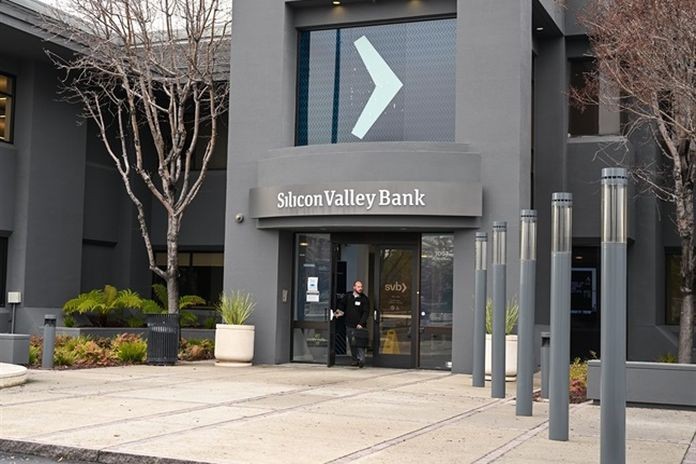By Kate Scanlon
WASHINGTON, USA,(OSV News) – After the failures of two banks in March, the US government has taken steps to prevent similar failures and the risks such failures would present to the economy. The precarious situation illustrates what one Catholic commentator described as the need for government and banks to take seriously the “solemn obligation” of prudence in banking policy for the sake of society’s common good.
The California-based Silicon Valley Bank failed March 10, followed shortly after by the New York-based Signature Bank, marking the second and third largest bank failures in US history, respectively. The Silicon Valley Bank failure also marks the largest bank failure since the 2008 financial crisis.
State regulators closed the Silicon Valley Bank after a run on the bank, a phenomenon where depositors attempt to withdraw their funds all at once. Federal regulators said depositors would have access to their funds as of March 13 through the Federal Deposit Insurance Corporation (FDIC), even for uninsured deposits.
Although it was not widely known outside the region, at the time of its collapse, Silicon Valley Bank was the country’s 16th largest bank as of December 31, 2022, according to the Federal Reserve, sparking concerns among some consumers and the federal government for the wider banking industry as a whole. The bank’s assets were fueled by tech startups that often couldn’t get loans from other institutions, but as interest rates rose, the bank struggled to make a profit on its investments.
In remarks at the White House March 13, president Joe Biden said his administration took “quick action” to respond to the two banks’ failure to prevent wider consequences.
“Americans can have confidence that the banking system is safe,” Biden, a Catholic Democrat, said. “Your deposits will be there when you need them.”
Biden said “no losses will be borne by the taxpayers,” but will instead come from the fees that banks pay into the Deposit Insurance Fund.
He added that those who managed the failed banks now taken over by regulators “will be fired.”
“If the bank is taken over by FDIC, the people running the bank should not work there anymore,” Biden said. He added that investors in the banks will not be protected.
“They knowingly took a risk and when the risk didn’t pay off, investors lose their money,” Biden said. “That’s how capitalism works.”
John Sedunov, an associate professor of finance and real estate at Villanova University who studies banking, told OSV News that while the FDIC insures deposits up to $250,000, uninsured depositors at Silicon Valley Bank rushed to withdraw their funds at rumors of trouble.
“If there is a rumor or you know, any hint that there’s a problem at this institution, it’s rational for you to go and pull your money,” Sedunov said of the mindset of depositors “And this is what happened.”
But in an effort to prevent the issue from spreading, the federal government said even uninsured depositors would have access to their funds as of March 13.
Sedunov said the situation is rapidly evolving, but it appears that the federal government’s response will prevent similar issues from spreading to other banks.
“You have this dual approach here with the FDIC saying, ‘Look, we’re going to back the uninsured folks,’ and you have the Fed saying, ‘We’re going to provide liquidity to prevent other banks from going the same route,'” he said.
Robert Kennedy, a professor of Catholic studies at the University of St Thomas in Minnesota, told OSV News that from a Catholic perspective, governments, banks and brokers “have a solemn obligation to be prudent, to be moderate and not greedy, to recognize and to avoid unreasonable risk, and to maintain a cushion in their operations to shield them against the unexpected.”
The “unexpected,” he noted, “always comes sooner or later.”
“They are distracted from these duties when they pursue objectives outside their proper purposes that endanger the security they promise to customers and taxpayers,” Kennedy said. “There seems to be enough blame to go around.”





